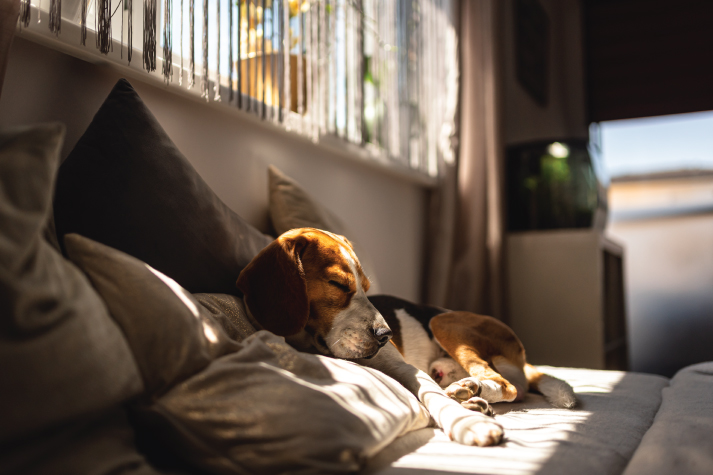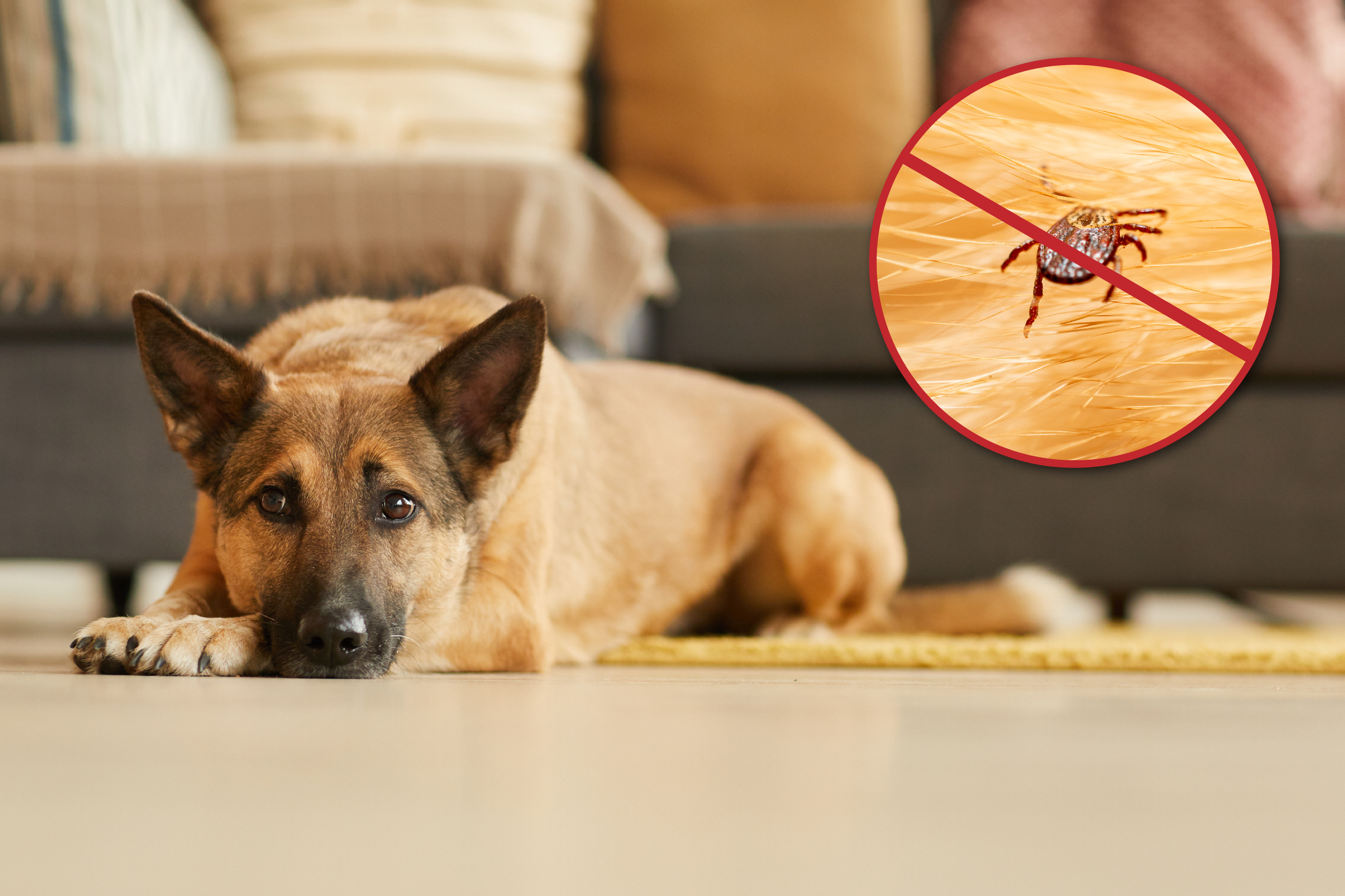
13 Jun
Tips to Protect Your Pet against the Summer Heat
Summer is well underway in all its scorching glory. Protecting yourself against direct sunlight is a must during the summer season, given how prolonged exposure to the harsh rays can cause a host of issues. Ultraviolet rays are the culprit for a wide variety of skin issues synonymous with the summer season, including redness, wrinkles, pain, and even cancers.
As people, we have learned to protect ourselves from the harsh sun and its negative effects. However, our pets lack the understanding to protect themselves from it, meaning the owner must step in and take care of it on their behalf. While pets are spared long-term cosmetic damage like wrinkles or spots due to their fur, they are still susceptible to serious conditions like skin cancer. As a matter of fact, skin cancer is the most common form of cancer in dogs, so protection from the summer heat is paramount when outdoors.
Fur Helps but Isn’t Enough
Unlike humans, pet animals usually have a coat of fur, which acts as a barrier between their bare skin and the harmful UV rays of the sun. However, this protection is variable, as different breeds of dogs and cats have different fur; some have long fur which is well-suited to guard them against UV rays, and others have very short or no fur at all which puts them at risk. This is especially important if you embark on pet travel frequently, or are planning an international pet relocation.
Hairless cat breeds like the Sphynx or Peterbald are susceptible to the harmful effects of UV rays. For dogs, breeds like the Pitbull, dalmatian, greyhound, golden retriever, and white shepherd. While you may think lighter-coloured fur offers more protection than darker colours, you’d be mistaken, as regardless of how much fur your pet has, the exposed areas like the under-eyes, nose, and mouth can be burned with exposure as little as 15 minutes. Apart from these areas, sunburn can easily occur on any body part where there is little fur like the belly, snout, ears, and armpits.
Steps you can Take to Protect Your Pet
To protect your pet, the first thing you can do is familiarize yourself with the symptoms of sunburn and be aware of the time of day your pet is likely to suffer from sunburn outdoors. Here are a few more steps you can take once you know when you can venture outdoors safely.
- Sunscreen: A sunscreen or sunblock is the first thing you can use to protect your pet’s skin from harmful UV rays. While milder human products like sunblock for babies can be used, it is advised you stick to pet-specific products, since some of these products for humans may contain ingredients harmful to your pet. This is an important point to remember while selecting your sunscreen, as a pet will inevitably try to lick it off, and it is better to be safe than sorry. If you are unsure about the product you’ve chosen, consult your vet and verify if it is safe to use.
- Trim, Don’t Shave: Logically, a pet owner might think that less fur makes for a cooler pet. While that may be the case for pet breeds with thick layers of coat, pets with short or normal-length coats are likely to miss the protection from the harsh sunlight when out and about. if you feel your pet’s coat is overgrown, consider using an undercoat rake or brush to lighten the coat instead of shaving it.
- Stay in the Shade: This may be stating the obvious, but the rays of the sun are only harmful if you’re standing right under them. Steer clear of the sunlight and stay in the shade while outdoors to avoid dehydration and heatstroke. Dogs and cats can only really sweat through their paws, so prolonged exposure to sunlight can be harmful to their health.
- Limit or Reschedule Walks: The daytime during summer can be immensely hot, even more so right before and after noon hours. If your pet’s walking times are during the daytime, consider switching timings to avoid the harsh sun. The evening can be considerably cooler when compared to noon during summers, and walking your pet before or after the sun has set can help avoid the pesky UV rays altogether, along with helping you avoid dehydration and burned paw pads.
Summers with your pet can be incredibly enjoyable, provided you take a few precautions and avoid direct sunlight. Dehydration and skin damage due to UV rays are some of the biggest drawbacks of the season, but fortunately, with a little planning and preparation on your behalf, you’ll be having a jolly time with your pet regardless of the prevailing weather conditions. If you’re planning an international pet relocation, do make sure to research the climate of your destination and ensure your pet will be able to be comfortable living there.






AUTHOR’S BIO
Carry My Pet
Passionate pet enthusiasts and globetrotters, dedicated to easing furry friends' journeys worldwide. Penning tales of compassion at CarryMyPet, where every relocation is a tail-wagging adventure.